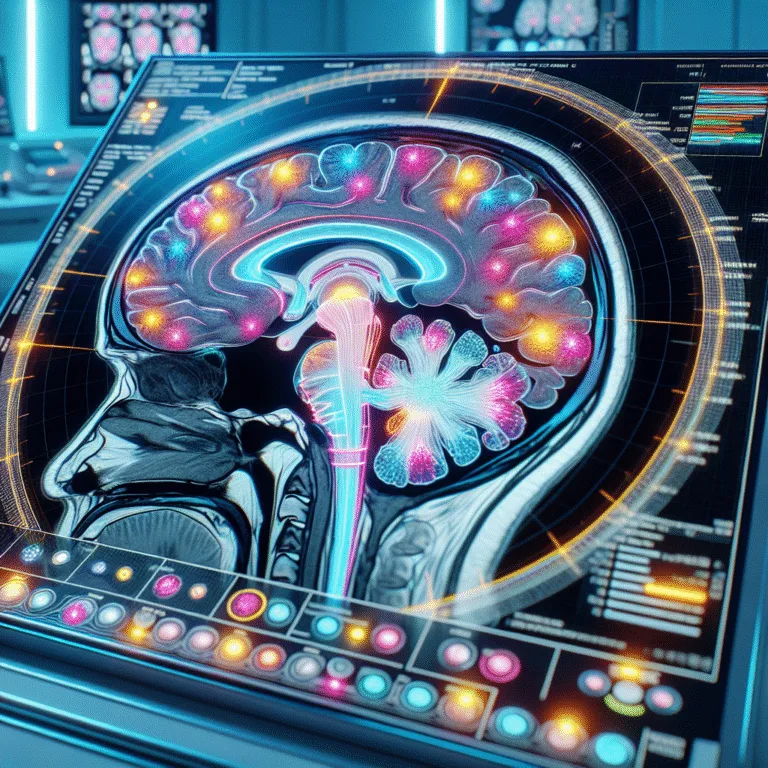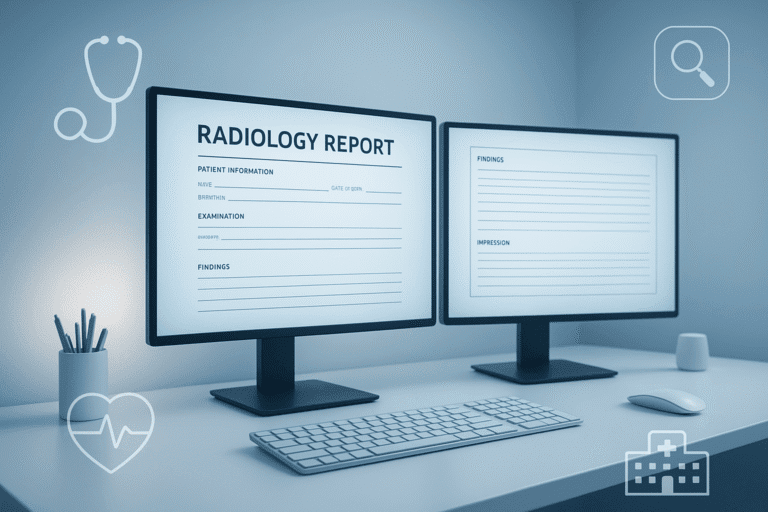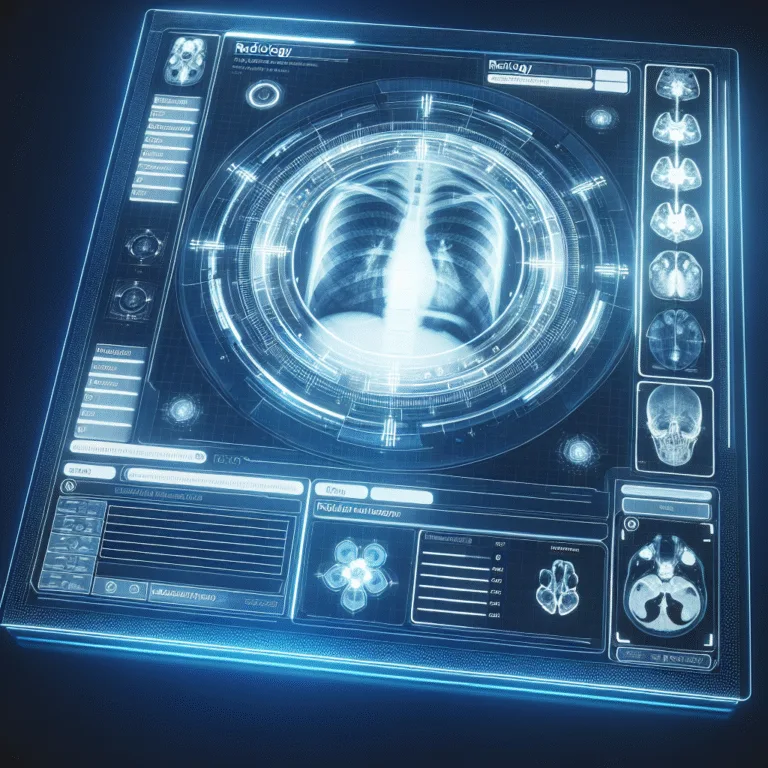The Best Practices for Structured Radiology Reporting: A Comprehensive Checklist
The Best Practices for Structured Radiology Reporting: A Comprehensive Checklist
Adopting structured reporting is a powerful move, but success lies in the execution. This article provides a comprehensive checklist outlining the best practices for implementation. From choosing the right templates to training your team, follow these steps to ensure a smooth transition and maximize the benefits of a structured approach.
Structured radiology reporting is transforming the way radiologists document and communicate findings. By implementing best practices for structured radiology reporting, professionals can enhance clarity, reduce errors, and improve patient outcomes. This comprehensive checklist will guide you through the essential steps for successful implementation.
Understanding Structured Radiology Reporting
Structured reporting involves using standardized templates and formats to ensure consistency and completeness in radiology reports. This approach contrasts with traditional narrative reporting, which can vary significantly between practitioners. Structured reports enhance communication between radiologists and referring physicians, streamline workflows, and facilitate data mining for research and quality improvement.
Benefits of Structured Reporting
- Consistency: Ensures uniformity across reports, reducing variability.
- Efficiency: Speeds up the reporting process by using predefined templates.
- Data Integration: Facilitates integration with electronic health records (EHRs).
- Improved Communication: Enhances clarity and understanding for referring physicians.
Best Practices for Structured Radiology Reporting
1. Selecting the Right Templates
Choosing the appropriate templates is crucial. Templates should be tailored to specific imaging modalities and clinical scenarios. They must be comprehensive yet flexible enough to accommodate unique findings. Collaborate with your team to develop or select templates that meet your practice’s needs.
2. Training and Education
Training is essential for successful implementation. Radiologists and staff should be educated on the use of structured reporting tools and templates. Consider workshops, online courses, or in-house training sessions to ensure everyone is comfortable with the new system.
3. Utilizing AI and Technology
Leverage AI to enhance structured reporting. AI can assist in automating repetitive tasks, suggesting relevant templates, and even identifying potential errors. Explore tools like Rad Report AI to integrate AI into your reporting workflow.
4. Continuous Feedback and Improvement
Implement a system for continuous feedback. Encourage radiologists to provide input on template usability and reporting efficiency. Regularly review and update templates based on feedback to ensure they remain relevant and effective.
5. Ensuring Compliance and Standardization
Adhere to industry standards and guidelines, such as those from the American College of Radiology (ACR). Compliance ensures that reports meet legal and professional requirements, enhancing the credibility of your practice.
Integrating Structured Reporting into Daily Practice
Integrating structured reporting into daily practice requires a strategic approach. Start with a pilot program to test the system and gather feedback. Gradually expand the use of structured reporting across your practice, ensuring that all team members are on board and well-trained.
Sample Radiology Report Template
[Patient Name]: [John Doe]
[Date of Birth]: [01/01/1970]
[Study Date]: [MM/DD/YYYY]
[Study Type]: [CT Abdomen]
[Findings]:
- Liver: [Normal size, no lesions]
- Gallbladder: [No stones or wall thickening]
- Pancreas: [Normal appearance]
- Spleen: [Normal size]
- Kidneys: [No hydronephrosis, normal size]
[Impression]: [No acute findings]
Challenges and Considerations
While structured reporting offers many benefits, challenges such as resistance to change and the initial time investment for training and template development must be considered. Address these challenges by clearly communicating the benefits and providing adequate support during the transition.
External Resources and Further Reading
For more information on structured reporting, visit the American College of Radiology and explore their guidelines. Additionally, the Radiological Society of North America offers valuable resources and educational materials.
By following these best practices for structured radiology reporting, radiology practices can enhance their reporting processes, leading to improved patient care and operational efficiency. Structured reporting is not just a trend; it’s a vital component of modern radiology practice.
🚀 Try Rad Report AI For Free — and experience faster, smarter reporting today.







